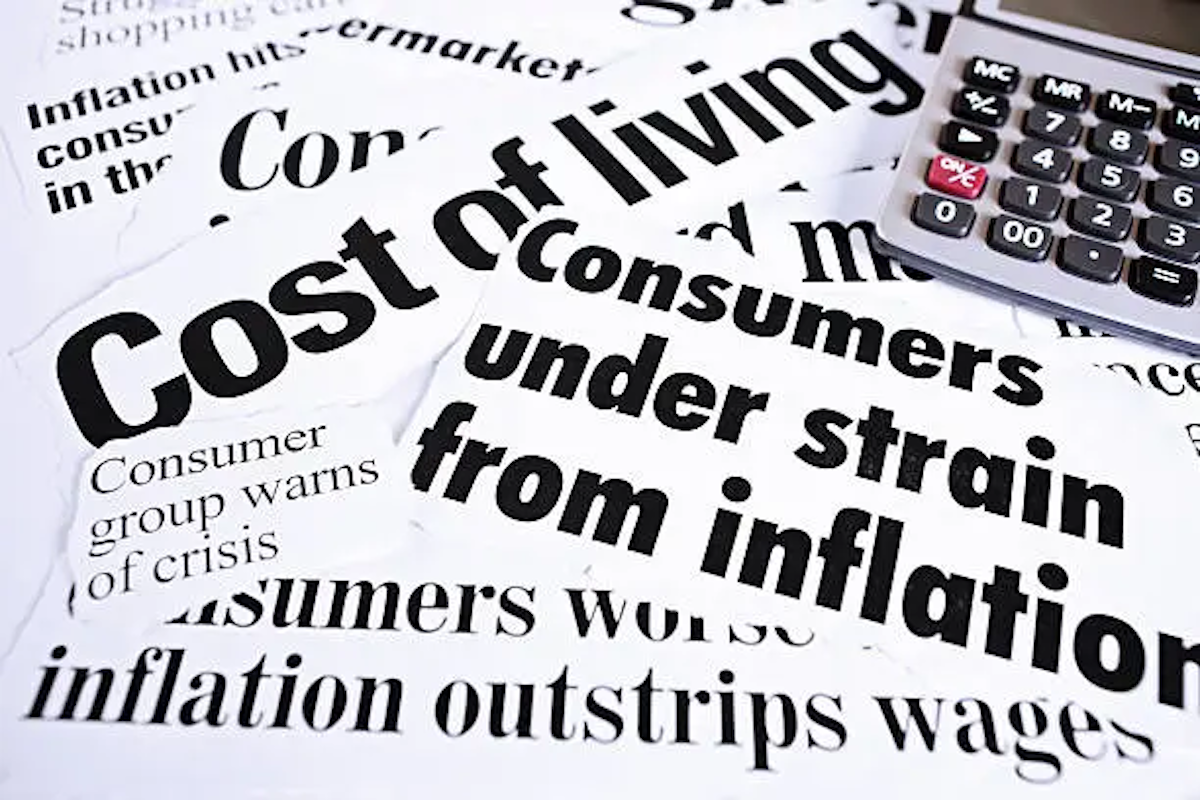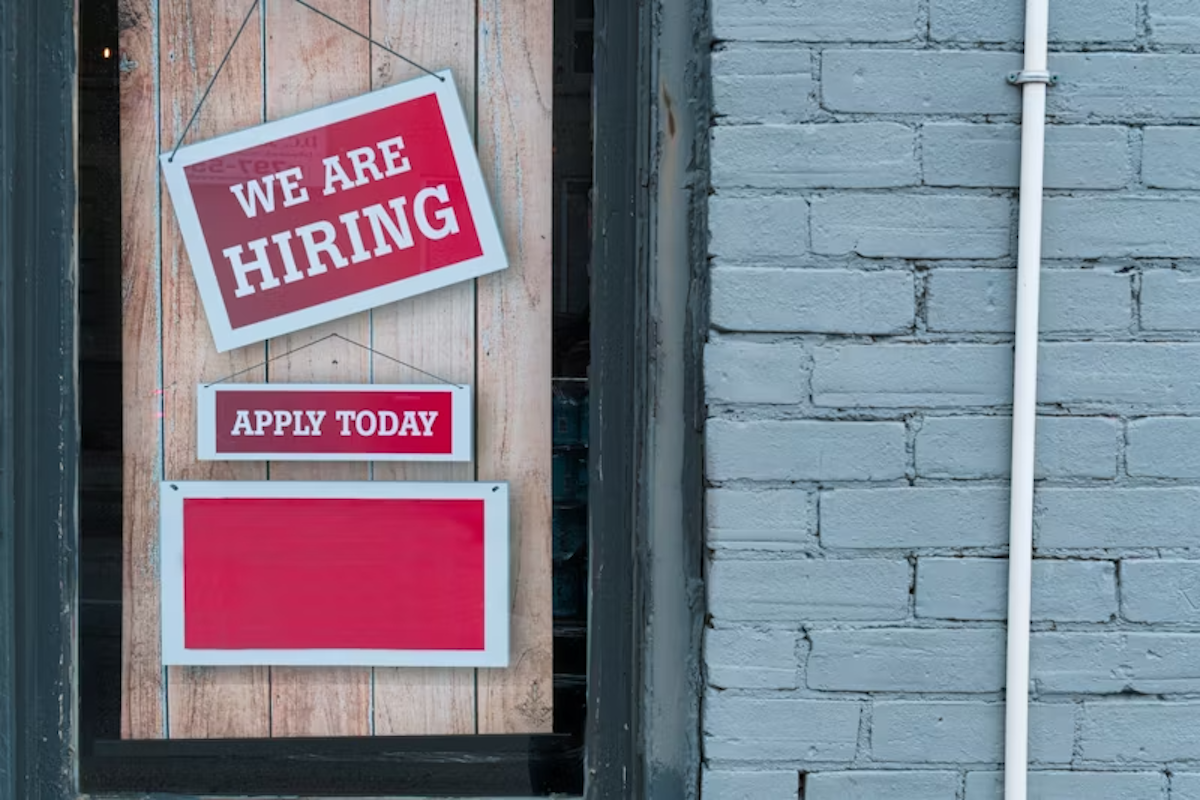The 2025 Restaurant Labor Shortage and How It Affects You
Staffing challenges in restaurants and c-stores aren't new—but as of 2025, they're shifting in ways that call for sharp thinking and adaptable...
Platform
Combining online ordering, loyalty, omnichannel messaging, AI insights, and payments in one platform. Paytronix delivers relevant, personal experiences, at scale, that help improve your entire digital marketing funnel by creating amazing frictionless experiences.
A Complete Customer Experience Platform
Online Ordering
Acquire new customers and capture valuable data with industry leading customization features.
Loyalty
Encourage more visits and higher spend with personalized promotions based on individual activity and preferences.
Catering
Grow your revenue, streamline operations, and expand your audience with a suite of catering tools.
CRM
Build great customer relationships with relevant personal omnichannel campaigns delivered at scale.
Artificial Intelligence
Leverage the most data from the most customer transactions to power 1:1 marketing campaigns and drive revenue.
Payments
Drive brand engagement by providing fast, frictionless guest payments.
Solutions
We use data, customer experience expertise, and technology to solve everyday restaurant and convenience store challenges.
Contactless Experiences
Accommodate your guests' changing preferences by providing safe, efficient service whether dining-in or taking out.
Customer Insights
Collect guest data and analyze behaviors to develop powerful targeted campaigns that produce amazing results.
Marketing Automation
Create and test campaigns across channels and segments to drive loyalty, incremental visits, and additional revenue.
Mobile Experiences
Provide convenient access to your brand, menus and loyalty program to drive retention with a branded or custom app.
Subscriptions
Create a frictionless, fun way to reward your most loyal customers for frequent visits and purchases while normalizing revenues.
Employee Dining
Attract and retain your employees with dollar value or percentage-based incentives and tiered benefits.
Order Experience Builder
Create powerful interactive, and appealing online menus that attract and acquire new customers simply and easily.
Loyalty Programs
High-impact customizable programs that increase spend, visit, and engagement with your brand.
Online Ordering
Maximize first-party digital sales with an exceptional guest experience.
Integrations
Launch your programs with more than 450 existing integrations.
Loyalty Programs
Deliver the same care you do in person with all your digital engagements.
Online Ordering
Drive more first-party orders and make it easy for your crew.
Loyalty Programs
Digital transformations start here - get to know your guests.
Online Ordering
Add a whole new sales channel to grow your business - digital ordering is in your future.
Integrations
We work with your environment - check it out.
Company
We are here to help clients build their businesses by delivering amazing experiences for their guests.
Meet The Team
Our exceptional customer engagement innovations are delivered by a team of extraordinary people.
News/Press
A collection of press and media about our innovations, customers, and people.
Events
A schedule of upcoming tradeshows, conferences, and events that we will participate in.
Careers
Support
Paytronix Login
Order & Delivery Login
Resources
Learn how to create great customer experiences with our free eBooks, webinars, articles, case studies, and customer interviews.
FlightPaths are structured Paytronix software onboarding journeys designed to simplify implementation and deliver maximum ROI.
See Our Product In Action
E-Books
Learn more about topics important to the restaurant and c-store customer experience.
Reports
See how your brand stacks up against industry benchmarks, analysis, and research.
Blog
Catch up with our team of in-house experts for quick articles to help your business.
Case Studies
Learn how brands have used the Paytronix platform to increase revenue and engage with guests.
Have you overlooked any of these 16 crucial steps for your catering business?
6 min read
Apr 10, 2025

Inflation directly impacts how consumers spend, save, and make purchasing decisions. For restaurant and convenience store owners, this means adapting to the economic activity that shapes your customers' behavior.
As inflation rises, consumers tend to become more selective with their purchases—whether that means fewer visits, choosing budget-friendly options, or seeking out promotions that deliver real value. Others rely more heavily on discounts, loyalty rewards, and bundled offers to get the most value.
In January 2025, prices in the United States had increased by 3% compared to the same month in 2024, according to the Consumer Price Index. This steady rise in costs leads to changes in consumer spending habits. Understanding this shift is key—not only to protect your existing revenue streams, but also to attract new customers in an increasingly price-sensitive market.
This article provides valuable insights into inflation’s effects on consumer spending, equipping you with the strategies you need to navigate rising costs and maintain profitability.
Imagine a family that used to dine out at a mid-range restaurant twice a week. However, as annual inflation drives up food prices and everyday expenses, they decide to cut back. Now, they only dine out once a week and opt for more affordable menu items or restaurants offering loyalty rewards or special promotions.
This change in behavior reflects how inflation expectations impact consumer spending, shifting priorities from discretionary to essential purchases. Consumers tend to focus more on spending for necessities like groceries, utilities, and transportation while cutting back on dining out, entertainment, or luxury goods.
For restaurant and convenience store owners, anticipating these shifts in consumer behavior during inflationary periods is crucial. By adjusting pricing strategies, loyalty marketing strategies, promotions, and product offerings to cater to a more budget-conscious mindset, you can maintain customer loyalty and profitability, even when inflation pressures consumer spending.
When the Federal Reserve’s Bureau of Engraving and Printing injects money into the US economy by way of related policy, this may correspond with increased demand for goods and services. This higher demand often leads to businesses raising prices, contributing to cost-push inflation. Additionally, factors like high oil prices can further increase production and transportation costs, putting additional pressure on prices across various industries.
For example, during the COVID-19 pandemic, governments worldwide introduced large-scale stimulus programs to support individuals and businesses during lockdowns. While these efforts helped maintain spending, they also fueled inflationary pressures as demand for certain goods surged.
The relationship between government policies and inflation is complex. While stimulus spending can provide short-term relief, it can also drive up consumer prices if not carefully balanced with supply-side growth. The Federal Reserve and interest rates play crucial roles in managing inflation through financial policies to try to stabilize the economy.
Consumer purchasing power refers to the ability people have to buy goods and services based on their income and the prices of those goods. When inflation is high, the purchasing power of consumers typically decreases. Prices for everyday items increase, while wages rarely rise at the same pace, if ever.
As a result, consumers lose purchasing power and often adjust their spending habits by cutting back on non-essential purchases and buying cheaper meals or dining out less often. The impact on a healthy economy is significant as reduced consumer spending can cause ripple effects throughout various sectors.
For restaurant owners, this translates to a more cautious customer base, making it important to find ways to offer value, such as through promotions, loyalty rewards, or menu adjustments, to keep guests coming back despite the financial strain. Labor statistics may also show how inflation affects the workforce, with wages potentially not keeping pace with price increases in essential goods.
As the inflation rate drives up the cost of living, consumers become more selective with their spending, often prioritizing essential items over discretionary ones. In restaurants, for example, people may reduce their frequency of dining out, opt for lower-cost menu items, or look for establishments offering loyalty rewards or special promotions to stretch their budgets.
Similarly, in grocery and convenience stores, shoppers may opt for cheaper brands or purchase in smaller quantities, seeking to manage their grocery bills more efficiently. These shifts are a clear example of demand-pull inflation, where consumers respond to rising prices and adjust their purchasing decisions accordingly.
Understanding these changing consumer trends is key for your business. To stay competitive, consider strategies like adjusting your menu pricing to offer options for various budgets, while maintaining quality.
With economic growth slowing down due to inflationary pressures, focus on providing value. You can do so through special promotions, bundled deals, and loyalty programs. These are just a few tactics that can keep customers engaged, even as annual inflation continues to push up prices.
In response to COVID-19 and declining visits, Primanti Bros. used Paytronix solutions such as the Missed Visit Score to target lapsed customers with tailored discounts. The result? A 90% increase in visits and a 50% boost in spend—demonstrating how AI-driven insights can drive customer loyalty and revenue, even during challenging times.
As inflation continues to rise, restaurants and c-stores face the challenge of managing increasing costs while maintaining customer loyalty. Rising ingredient prices, labor costs, and other operational expenses put pressure on businesses to find a balance that keeps them profitable and competitive.
Dynamic pricing allows businesses to adjust prices based on real-time factors like ingredient costs and market demand, helping maintain profitability without overpricing or underpricing.
To pass costs on to consumers without losing loyalty, consider adding value through targeted marketing strategies, such as promotions, loyalty rewards, or bundled offers. Rather than simply raising prices, these tactics help keep your customers engaged while softening the impact of inflation on their wallets.
As food costs rise, restaurants must find ways to stay competitive without compromising quality. One approach is adjusting pricing strategies, which can involve raising prices on certain menu items while offering more budget-friendly options through combo deals or special promotions. This allows businesses to remain profitable while still providing guests with a variety of choices.
In addition to price adjustments, several restaurants are modifying portion sizes. This helps balance food costs while ensuring customers still feel satisfied with their meals. By offering smaller, more affordable portions, restaurants can manage rising food expenses without negatively impacting the dining experience.
Promotions like happy hours, meal discounts, or loyalty rewards are also essential tools for maintaining customer loyalty during inflationary periods. These offers give customers a sense of value and keep them returning, despite the rising costs.
Inflation is a global economic challenge that affects businesses across all sectors. While it’s not always possible to fully avoid rising costs, there are strategies you can implement to stay competitive and protect your bottom line. Here are four key ways to adapt and keep your restaurant or c-store thriving during inflationary periods:
Loyalty programs offer a proven way to maintain revenue even as inflation drives up costs. By offering discounts, rewards, or exclusive offers to repeat customers, your business can encourage return visits and boost long-term customer retention. These programs not only add value for your customers but also foster loyalty, creating a sense of appreciation that can help mitigate the effects of rising prices.
As a case study, in the midst of a global pandemic, Dutch Bros Coffee made a bold move—ditching punch cards and launching its first fully digital loyalty program with Paytronix. Powered by data-driven insights and AI-enabled campaigns, the app lets customers earn points, enter contests, and enjoy a personalized rewards experience. The result? 1.4 million members joined in just the first month.
Combat rising production costs by refining your inventory management. Data-driven approaches allow businesses to predict demand accurately, minimizing waste and ensuring stock levels are optimized. Additionally, negotiating better contracts with suppliers or exploring alternative sourcing options can help you lock in favorable prices and reduce the impact of inflation on your margins.
Focus on cost-effective, high-quality menu items. Also consider reducing portion sizes or substituting premium ingredients with more affordable alternatives. By focusing on profitability without compromising on quality, you can continue to meet customer expectations while navigating higher operational costs.
As inflation affects consumer behavior, investing in your online presence is crucial for attracting a broader audience. Using digital marketing tools like social media, email campaigns, and online ordering platforms can help drive traffic and increase sales. Highlighting promotions, new menu items, or special loyalty offers is an effective way to engage customers. By emphasizing the value they’ll get from these offerings, you can maintain customer interest, even as prices rise.
Inflation impacts everyone differently, depending on factors like income, spending habits, and industry type. Let’s address some common questions about how inflation affects consumers and businesses alike.
From the consumer's side, those with lower incomes tend to suffer the most, as they spend a larger portion of their income on essentials like food, gas, and utilities. This leaves them with less disposable income to manage rising costs.
The main downside is the reduced purchasing power—consumers can buy less with the same amount of money. However, in some cases, inflation can increase wages, which may help offset some of the higher costs.
Certain businesses can benefit from inflation, such as luxury goods or real estate. Investors who own assets that appreciate with inflation, like stocks or property, may also see gains.
Businesses with flexible pricing, like luxury goods retailers, and those with limited competition, tend to benefit most from inflation. Also, essential service providers, such as utility companies, may fare better as people continue to rely on their services.
Businesses that rely heavily on discretionary spending, such as restaurants and entertainment venues, face more challenges with inflation. They may struggle as consumers cut back on non-essential purchases. Additionally, businesses with thin profit margins, like grocery stores, can struggle to keep prices competitive while managing rising input costs.
As inflation continues to shape consumer spending habits, it's crucial for you as a business owner to stay agile. By implementing strategies like loyalty programs, dynamic pricing, and effective cost management, you can maintain profitability and keep your customers loyal. Adapting to these changes will help ensure your business thrives, even under difficult circumstances.
Challenging times require strategies to keep your business on track. Explore Paytronix solutions to navigate inflation’s impact on restaurant and c-store spending. Request a demo today to see how Paytronix can help your business maintain profitability, even during inflationary pressures.

Staffing challenges in restaurants and c-stores aren't new—but as of 2025, they're shifting in ways that call for sharp thinking and adaptable...

Having customers who are interested in your products and who continue to make purchases is one of the most rewarding parts of running your own store....

Inflation directly impacts how consumers spend, save, and make purchasing decisions. For restaurant and convenience store owners, this means adapting...